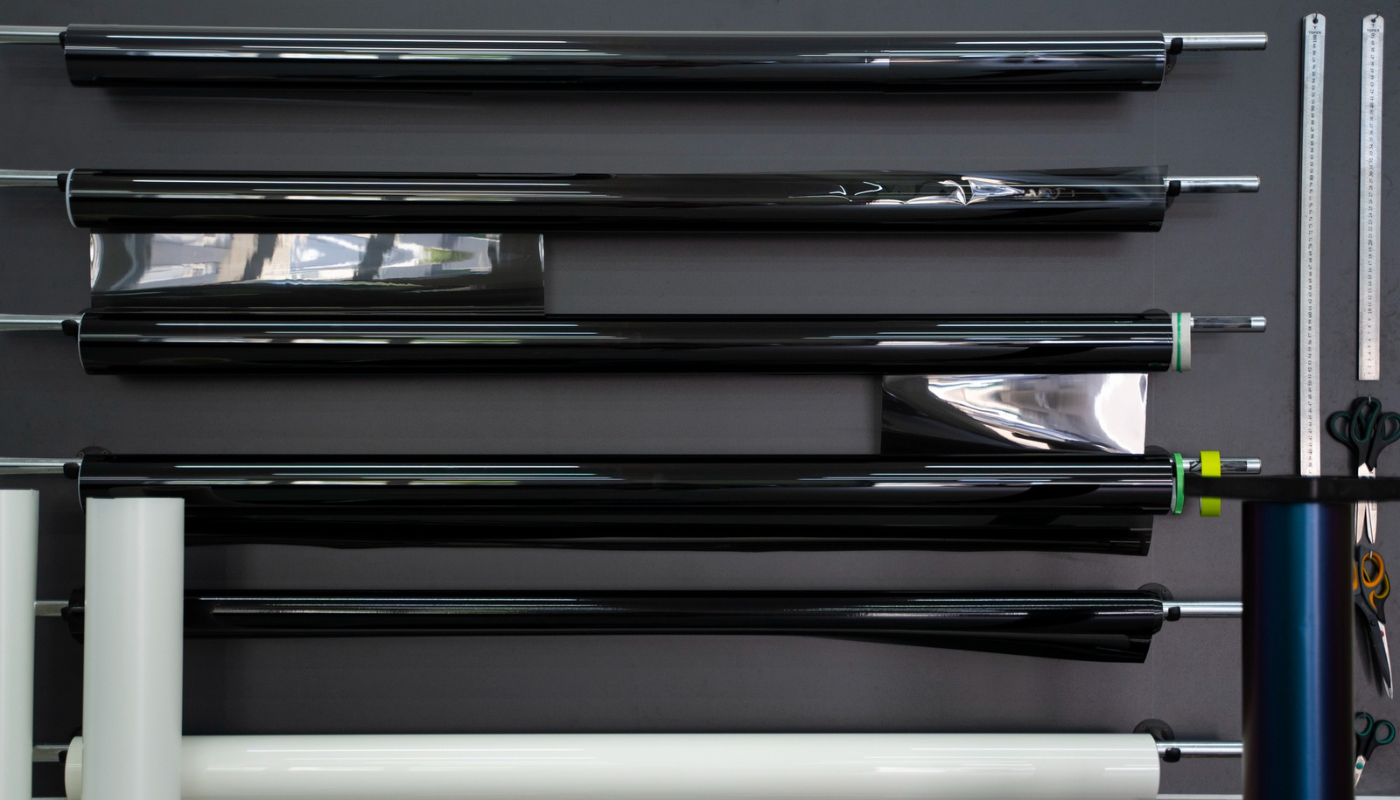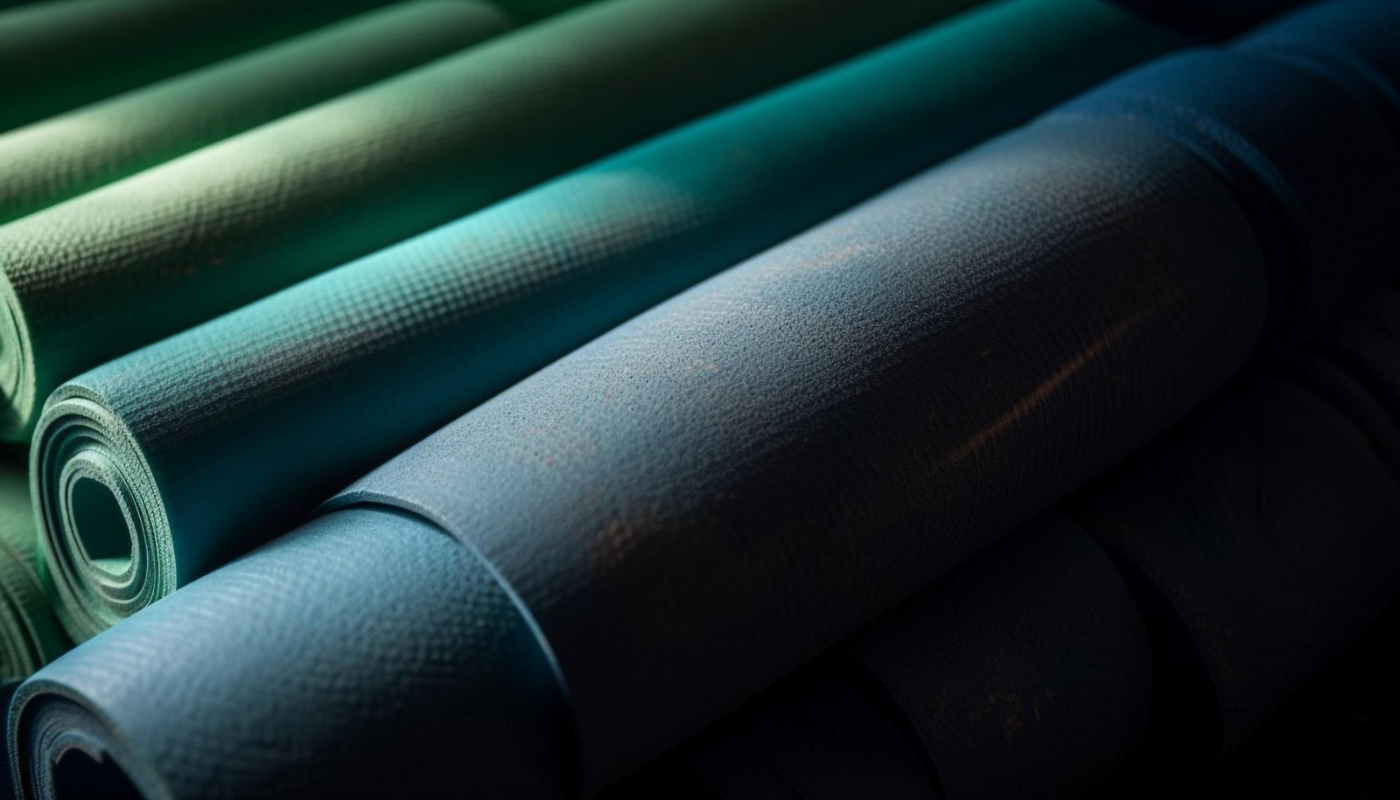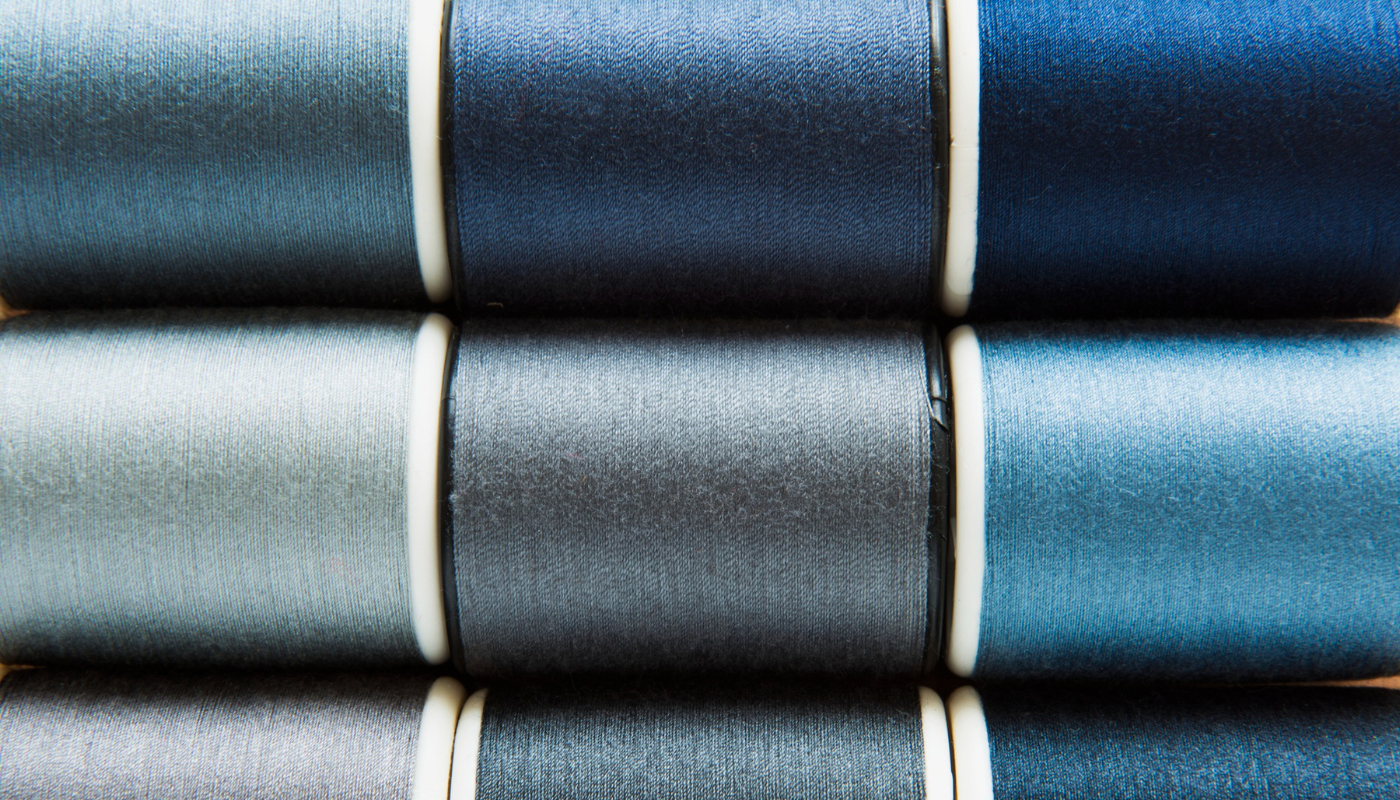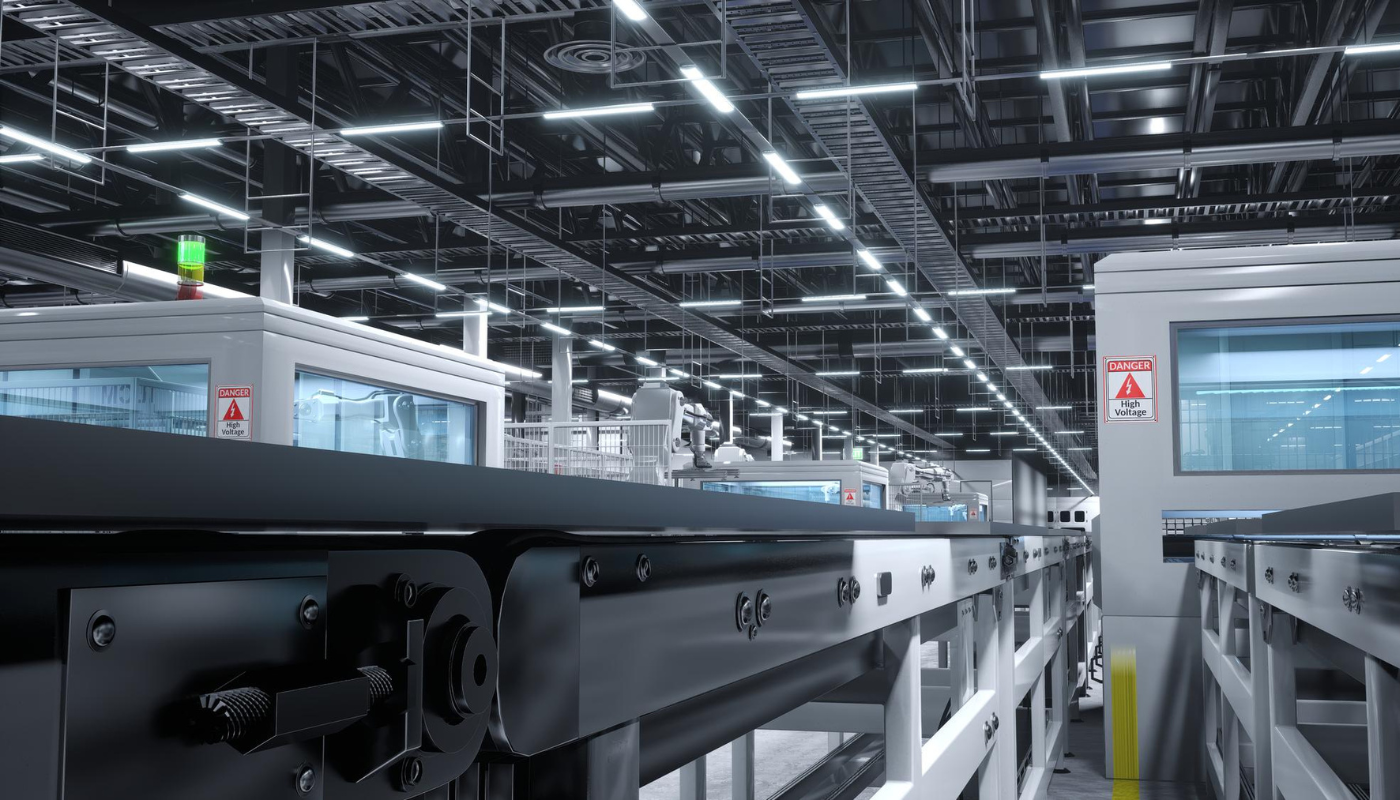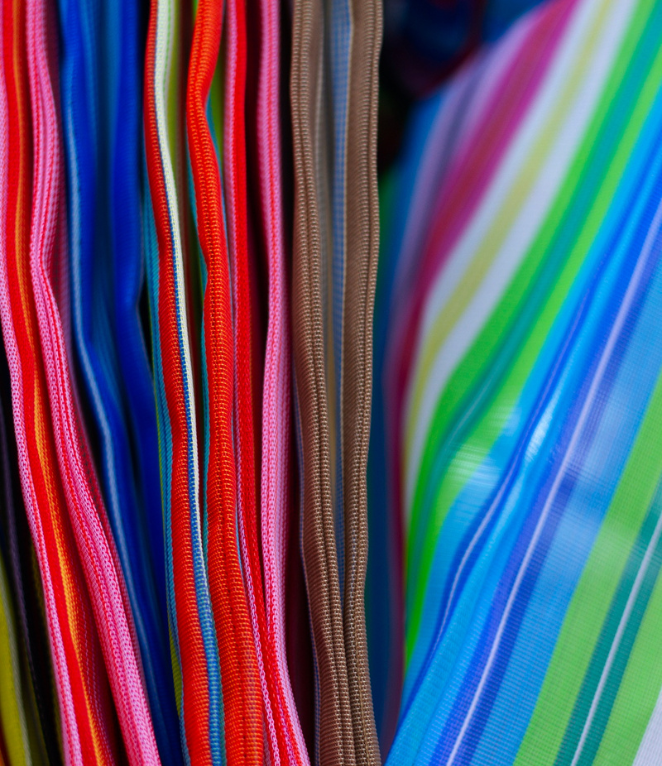

Process Of Laminating
Fabric laminating is a process of bonding two or more layers of material together to create a composite material with enhanced properties. In the textile industry, fabric laminating is commonly used to combine two or more layers of fabric to improve durability, water resistance, and breathability. This process also allows for the addition of functional features, such as windproofing, for a wide range of applications, from outerwear.
- Lamination bonds multiple layers of material using heat, pressure.
- Combines a core material and a protective layer for durability.
- Heat and pressure are commonly used to fuse the layers lamination.
- It is widely used in packaging, textiles, and printing for protection.
